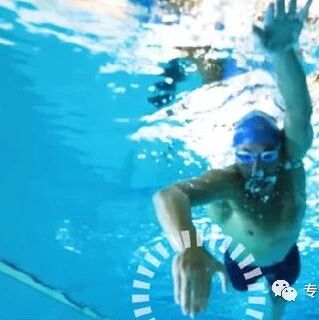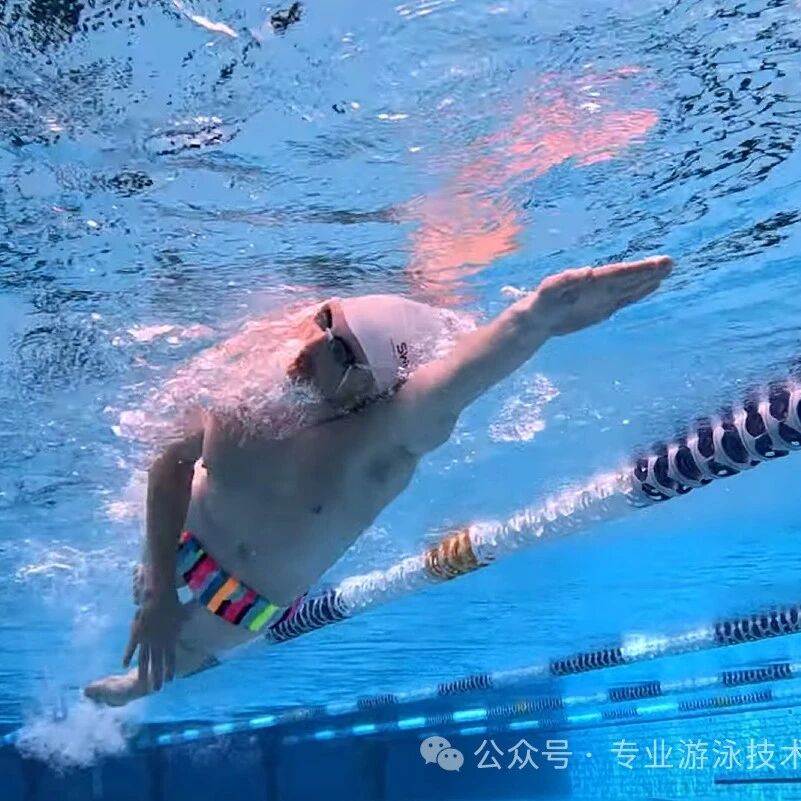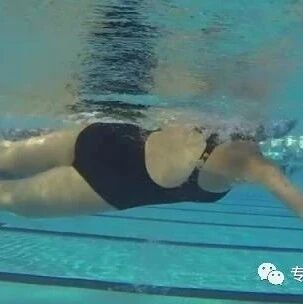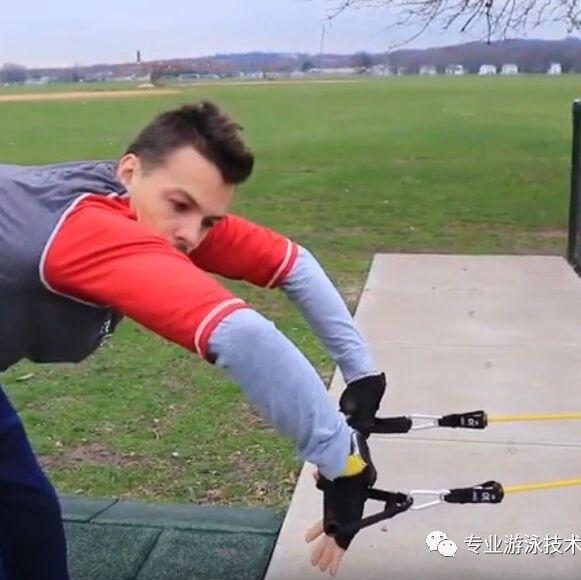I'm a great at breathing in breaststroke, and I can swim 200 meters continuously in freestyle—but my lungs feel like they’re about to burst!

Breaststroke breathing differs significantly from freestyle breathing—otherwise, it would be hard to explain why some swimmers can effortlessly swim 1000 meters in breaststroke yet struggle to complete even 100 meters in freestyle before gasping for air. The reasons are twofold: First, the circumstances during exhalation differ. In breaststroke, exhalation occurs precisely during the glide phase, when the arms and legs are still, allowing the head to remain naturally stable. In contrast, freestyle exhalation happens either mid-stroke or while kicking, with the head moving in sync as the body turns to one side. Second, the duration of inhalation varies. Breaststroke involves a longer head-lifted inhale compared to freestyle’s head-turned-inhale. Meanwhile, in freestyle, since the stroke doesn’t reach its full depth—and the stroke distance is shorter—the inhalation window becomes even tighter, as freestyle breathing only begins once the arm starts pulling through the water.

1. Keep swimming the full distance—don’t take too sharp a breath.
Looking at the two points above, we can identify ways to improve freestyle breathing: First, synchronize your breathing rhythm with your arm strokes and leg kicks—continue exhaling either through your nose or simultaneously through your nose and mouth. Avoid holding your breath during the stroke or kick, as this would lead to anaerobic exertion. Second, ensure that your arm strokes are fully extended: Begin the pull from the moment your hand enters the water and starts scooping, and only complete the stroke when your palm reaches hip level. Only with this full range of motion can your head rotate quickly enough for your mouth to take in sufficient oxygen.
As a result, many swimmers choose to exhale continuously underwater and then take deep, gasping breaths once they emerge. However, this practice actually increases the effort required to exhale again once the head dips back into the water. If the exhalation isn’t fully completed, residual air can build up, gradually filling the lungs over time. Eventually, this trapped air prevents swimmers from maintaining a steady pace and continuing their swim.
2. Maintain lung pressure during floating to ensure comfort
Once you’ve mastered breathing techniques, it’s crucial to find the right balance of oxygen intake during continuous practice—specifically, the ideal rhythm that matches your swimming style. The key to maintaining a steady, uninterrupted forward motion lies in breathing just enough to keep your body fueled without overexerting yourself. If there’s too little oxygen in your lungs, carbon dioxide levels rise, while inhaling too much oxygen can increase lung pressure, both of which may lead to discomfort or even strain on your respiratory system.
3. Use breaststroke to practice freestyle breathing
When performing the breaststroke glide, turn your head so that your nose exhales toward your body's side—just like you'd do in freestyle breathing. Then, follow up with a smooth freestyle arm stroke while simultaneously lifting your head out of the water to take a breath. As you breathe, pay attention to how much air you inhale, and after catching your breath, you can either resume the breaststroke glide or smoothly transition into freestyle swimming, fully aware of the pressure in your lungs.
4. Super Useful Freestyle Single-Side Swimming Technique
Reach one arm forward, engage your core, and keep your body perfectly straight as you glide sideways through the water. Exhale steadily through your nose—or simultaneously through your nose and mouth—and continue breathing this way even as you turn your head. Keep your mouth slightly open during this process. Alternatively, pause consciously at the end of each stroke to gently extend your inhalation time. When swimming on one side, focus on maintaining long, smooth glides, exhaling steadily throughout. Only turn your head to breathe when you start feeling slightly uncomfortable. With consistent practice, you’ll discover the ideal oxygen intake that feels most comfortable for your lungs.
Just make sure your head remains stable and your breathing stays smooth during each stroke. Mastering long-distance swimming breath control takes time and requires your body to adapt—it’s not something that happens overnight. Don’t rush the process; the more you practice in the water, the better you’ll get.
Related Articles

Swimming with smooth, flowing movements significantly enhances training effectiveness.

Improve your elbow and shoulder with a parabolic motion—avoid letting the stroke and body rotation disrupt your balance.
